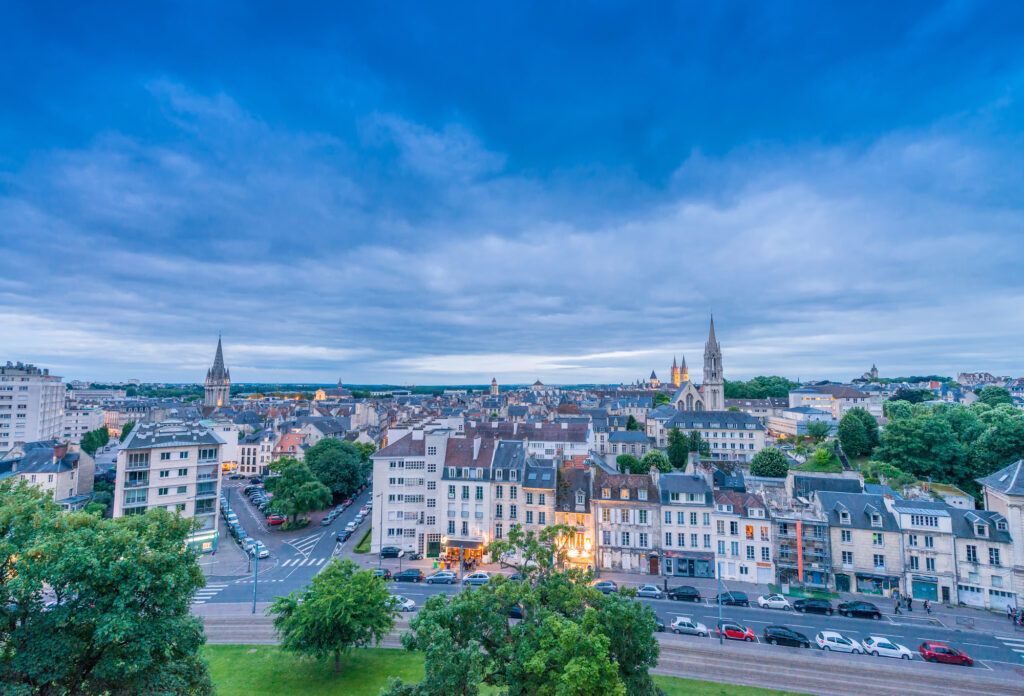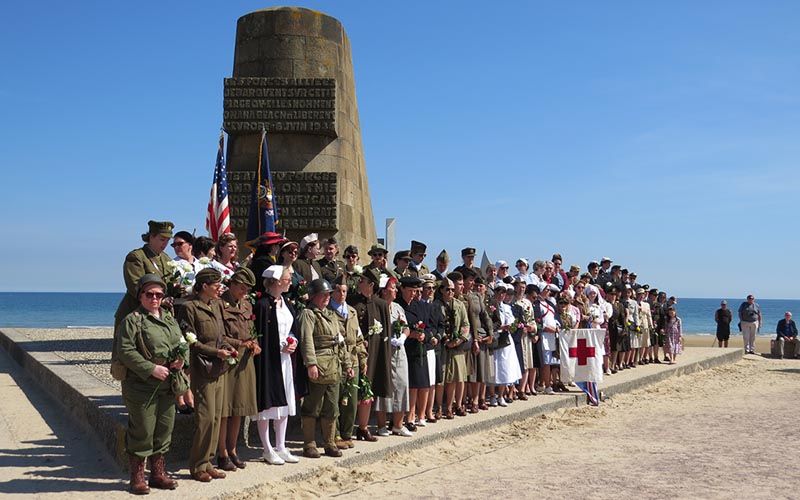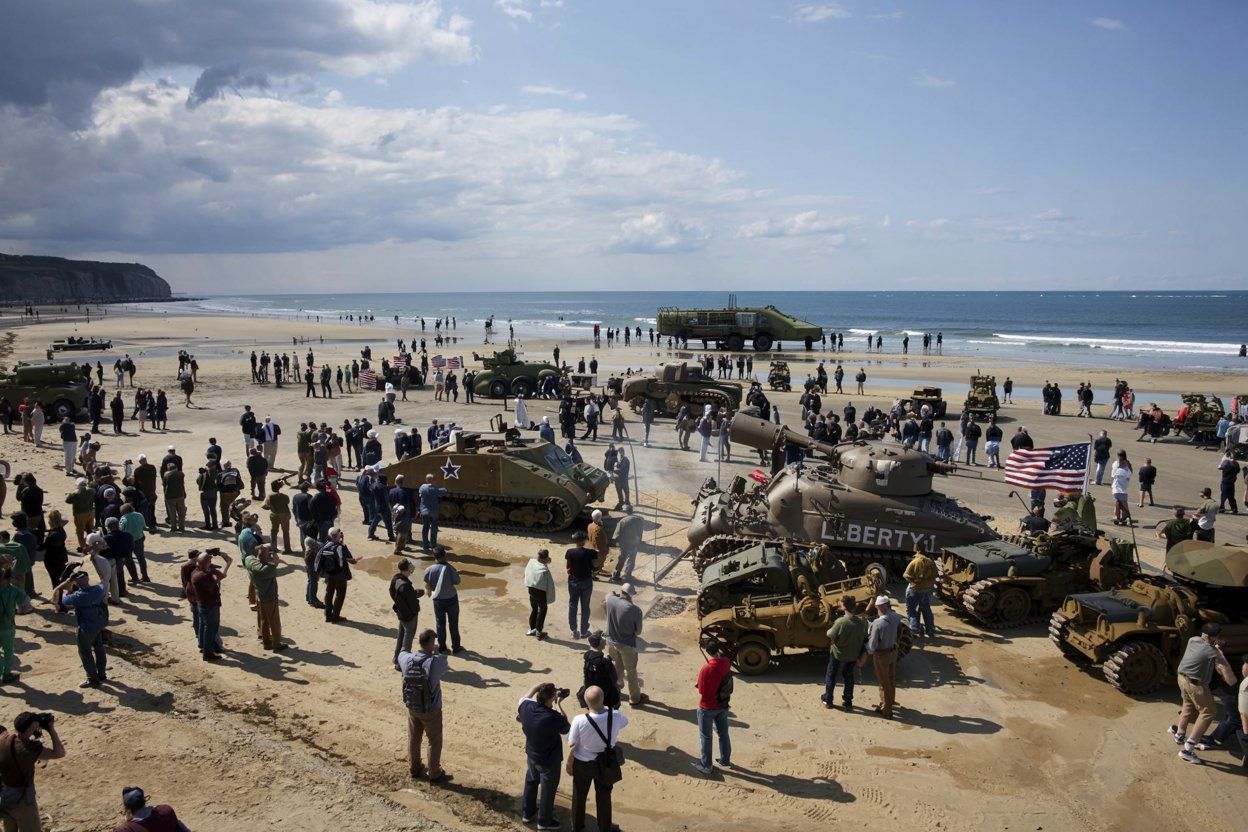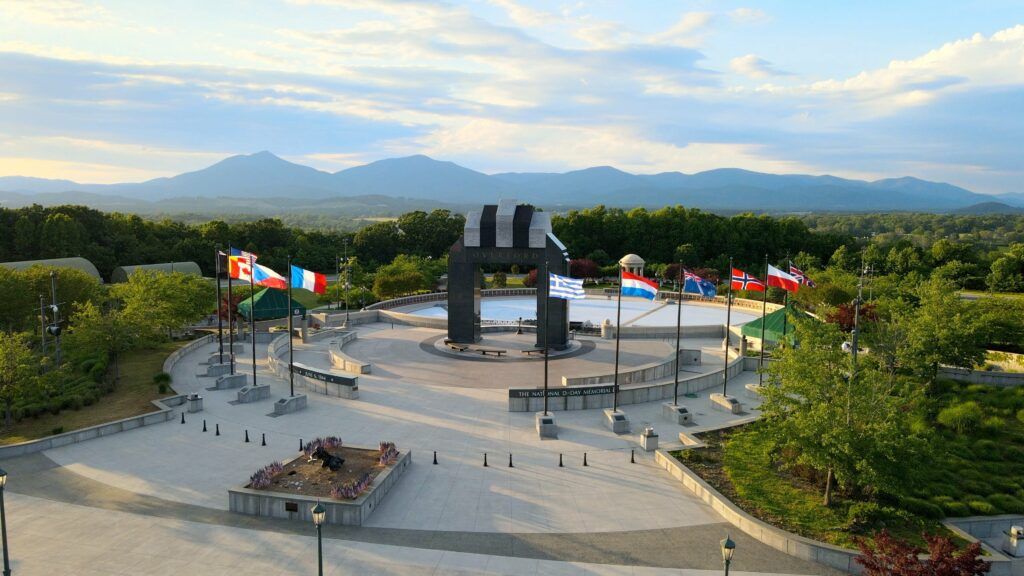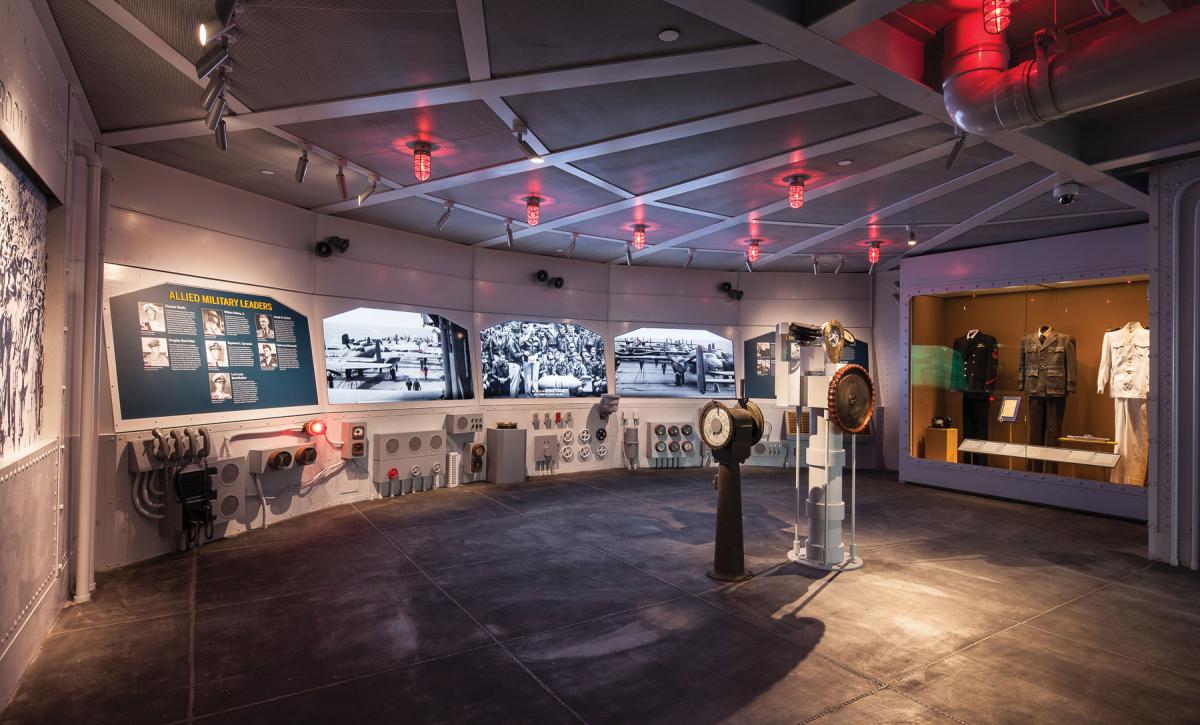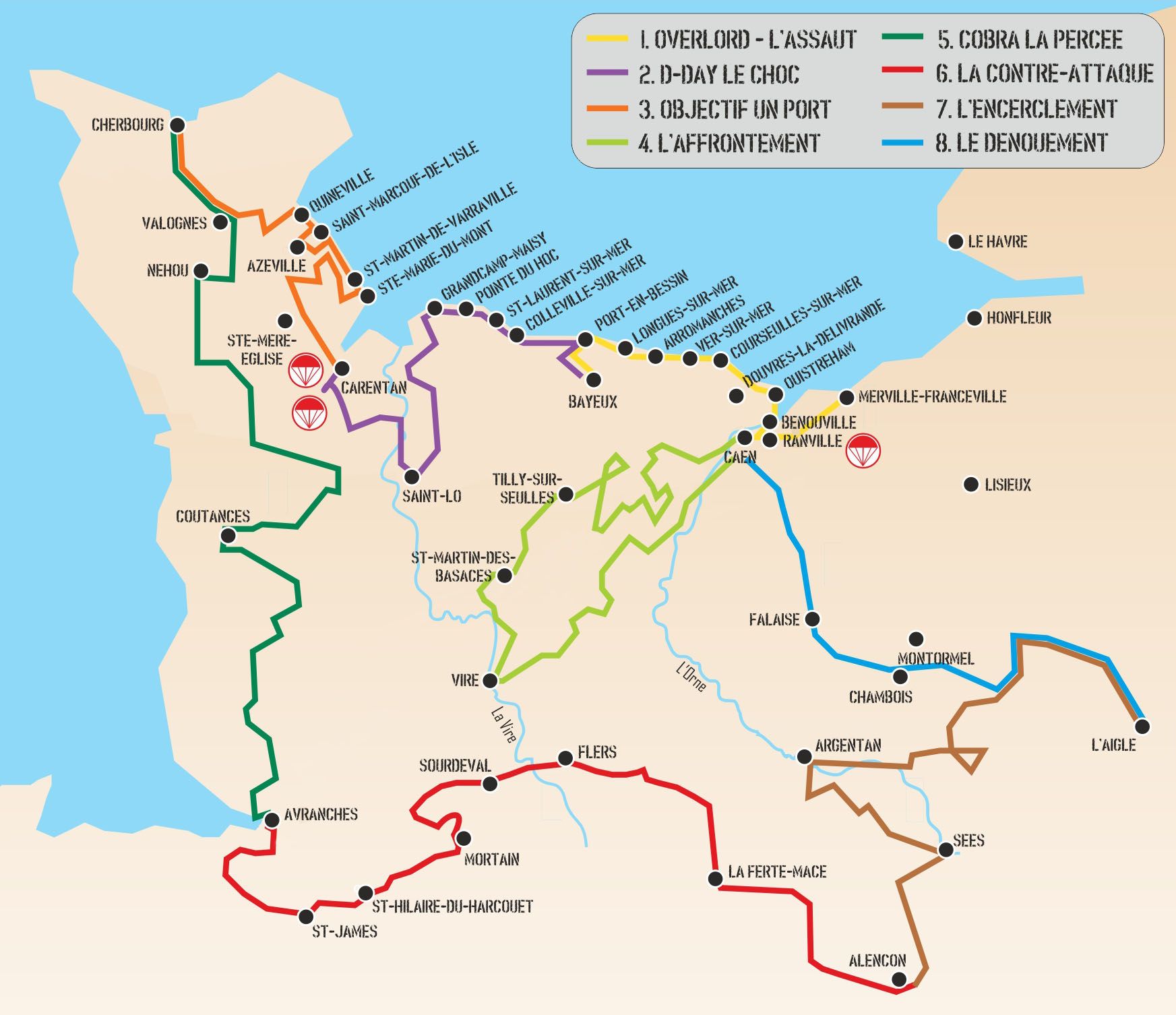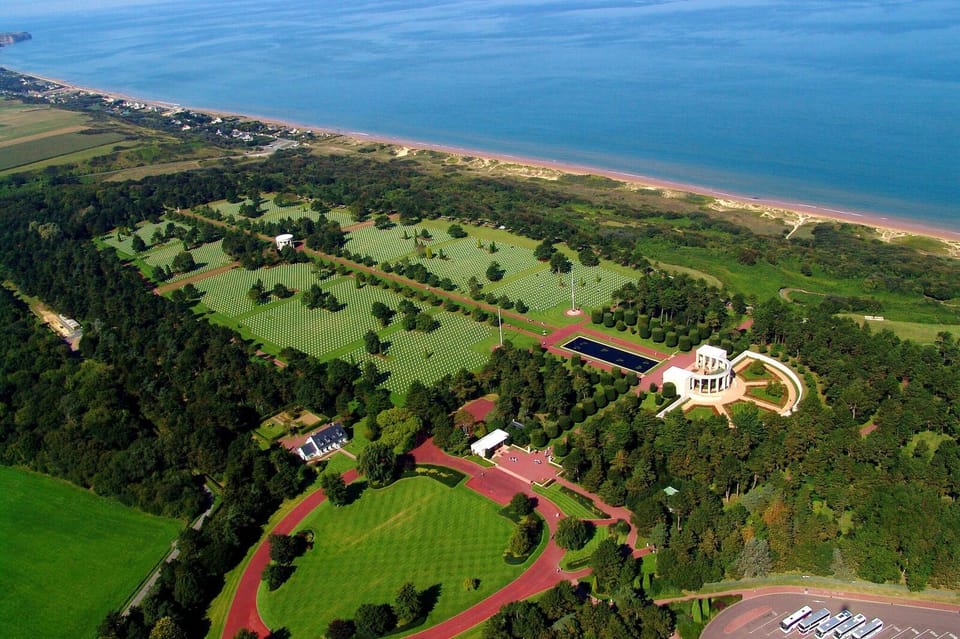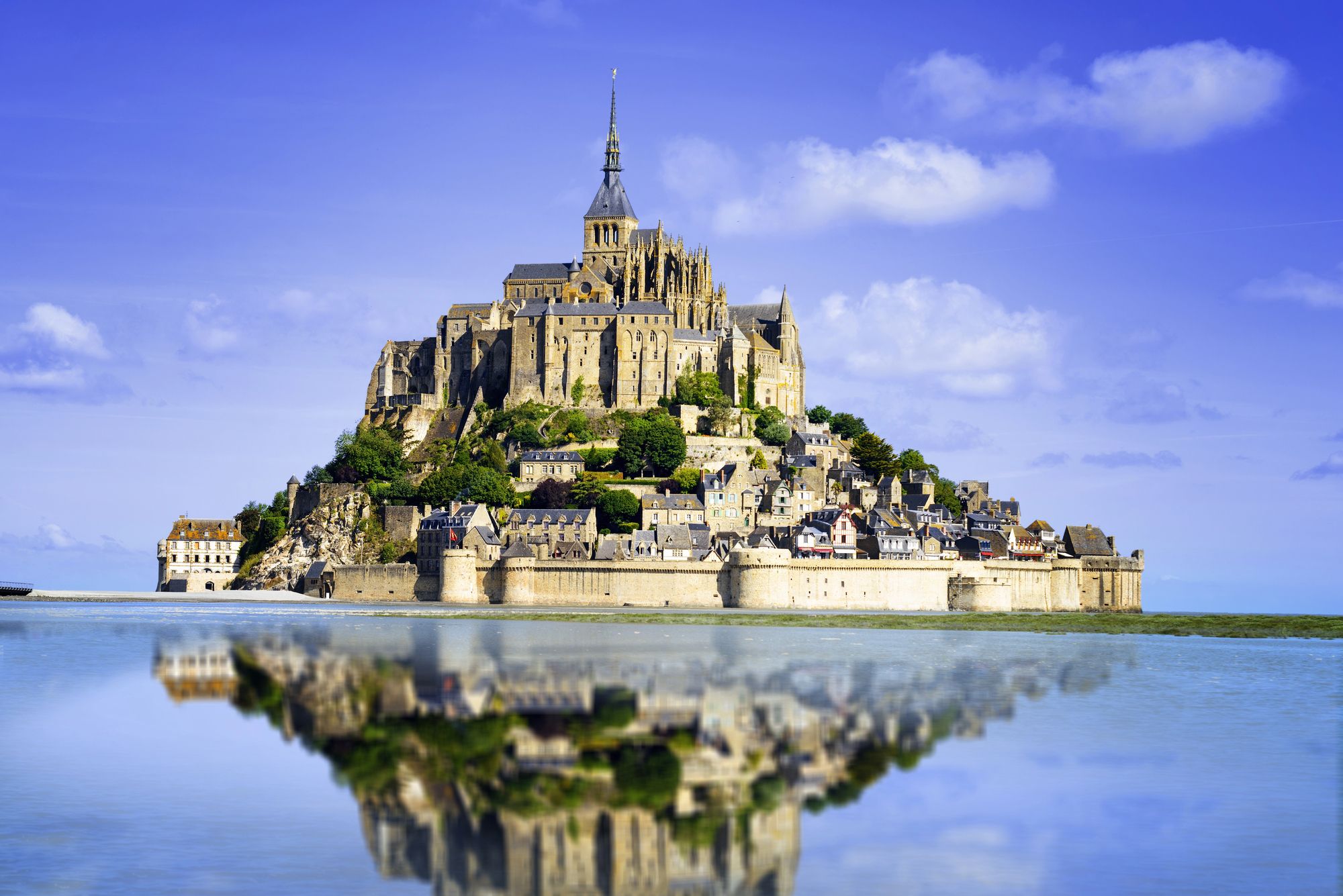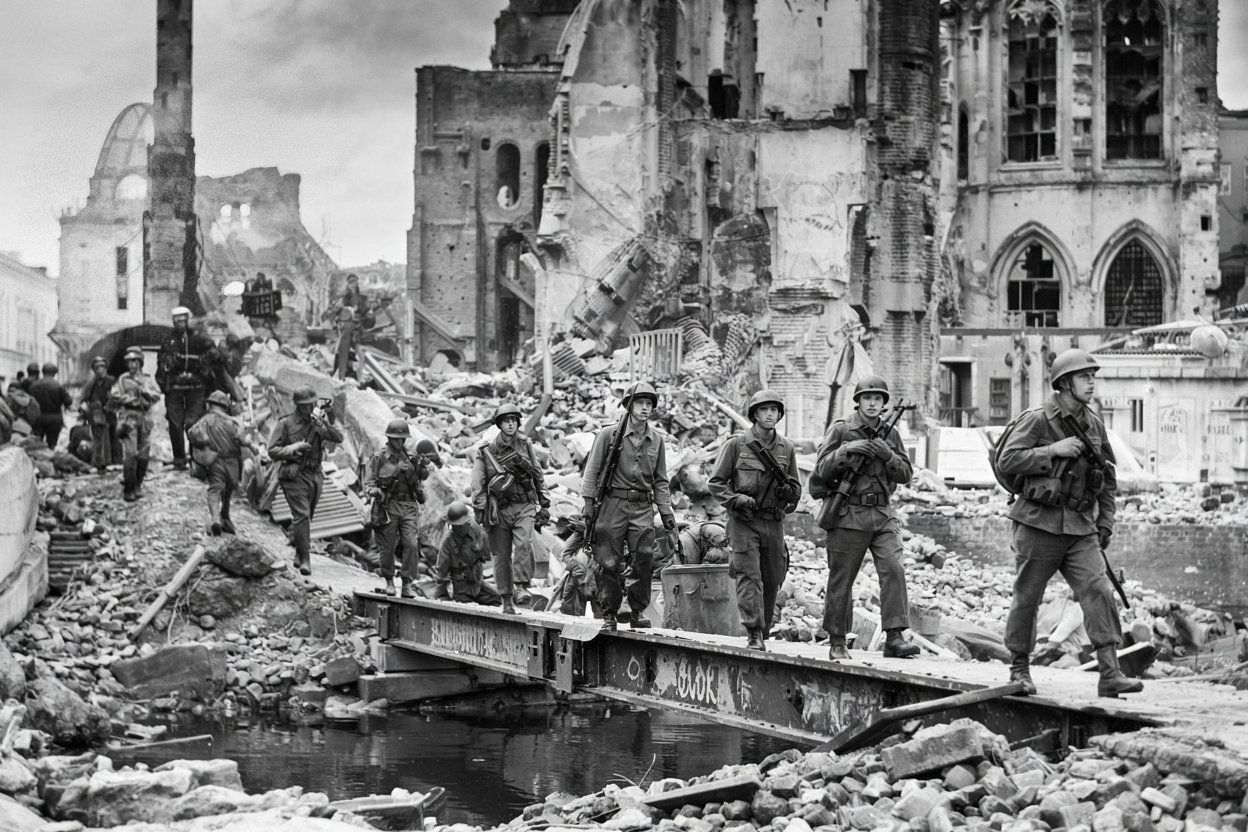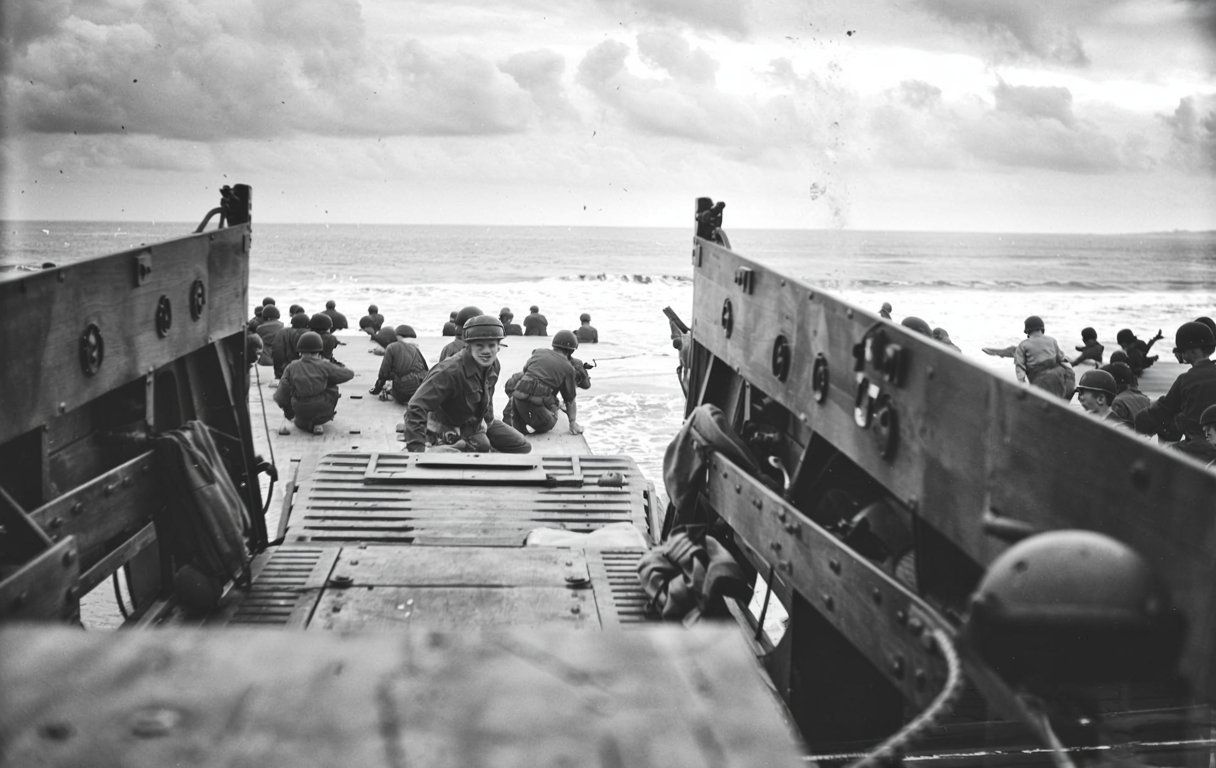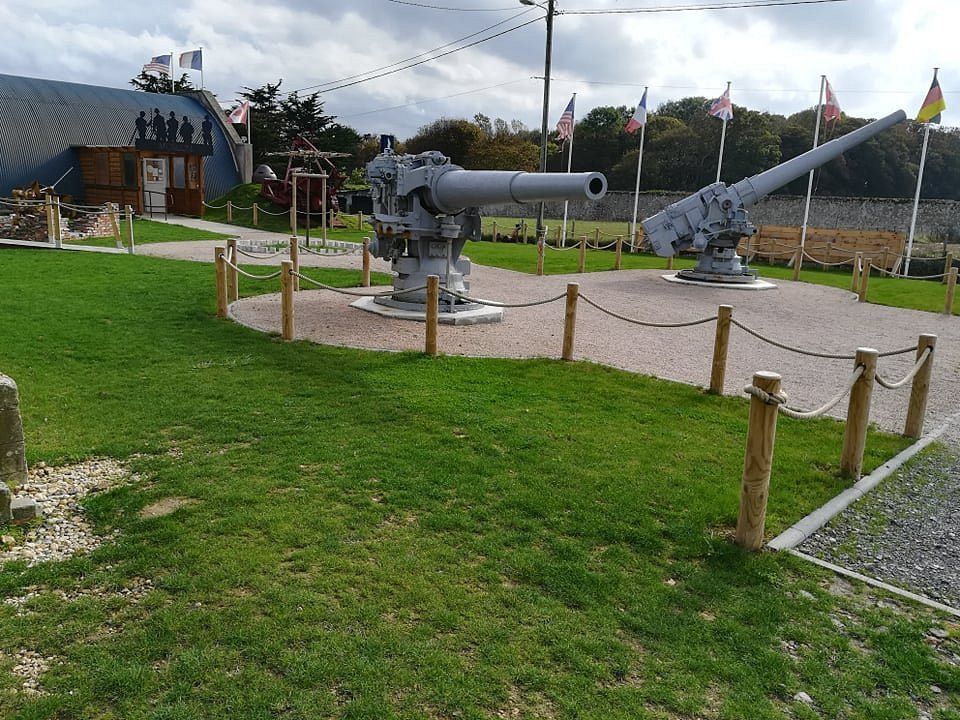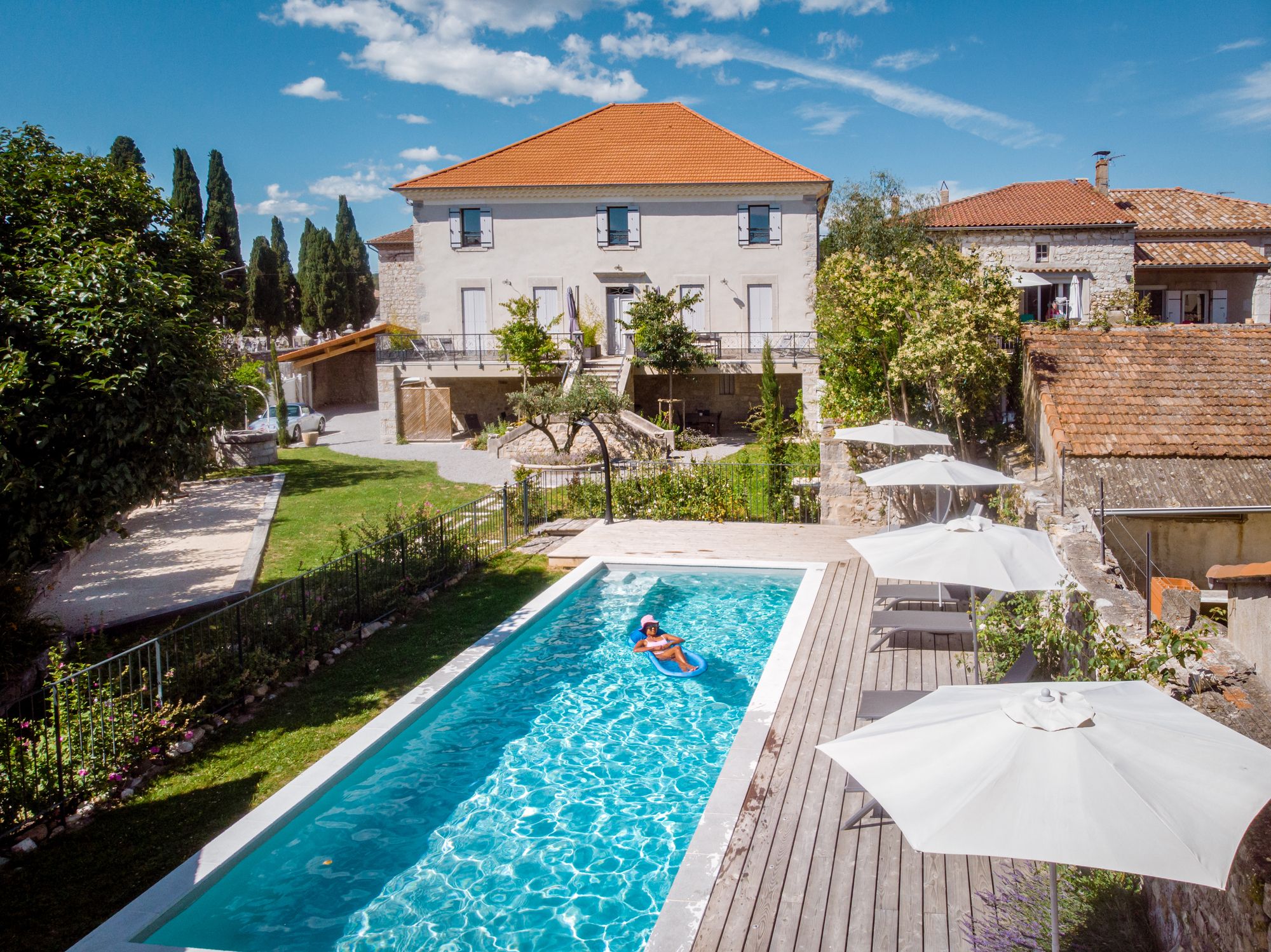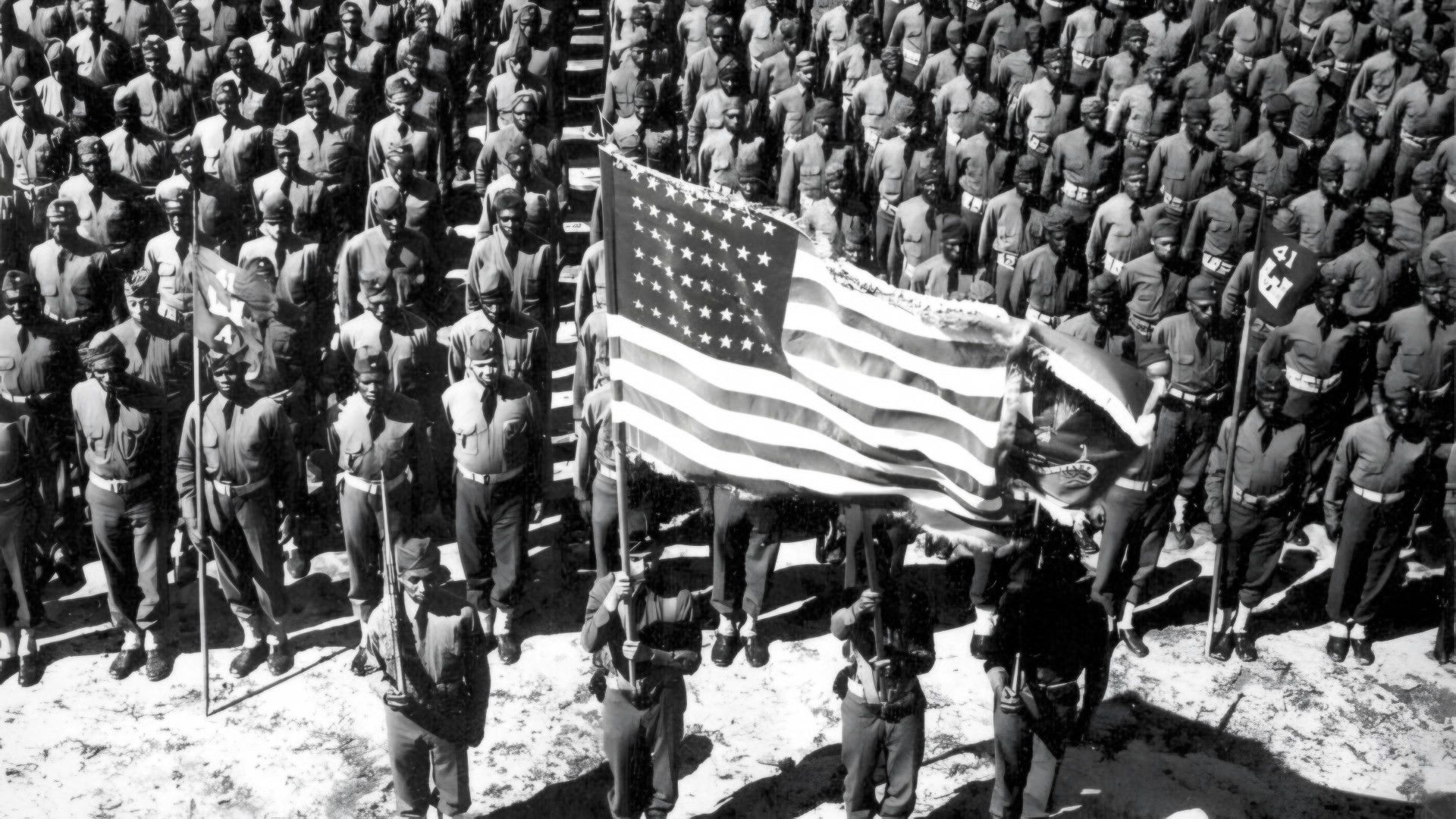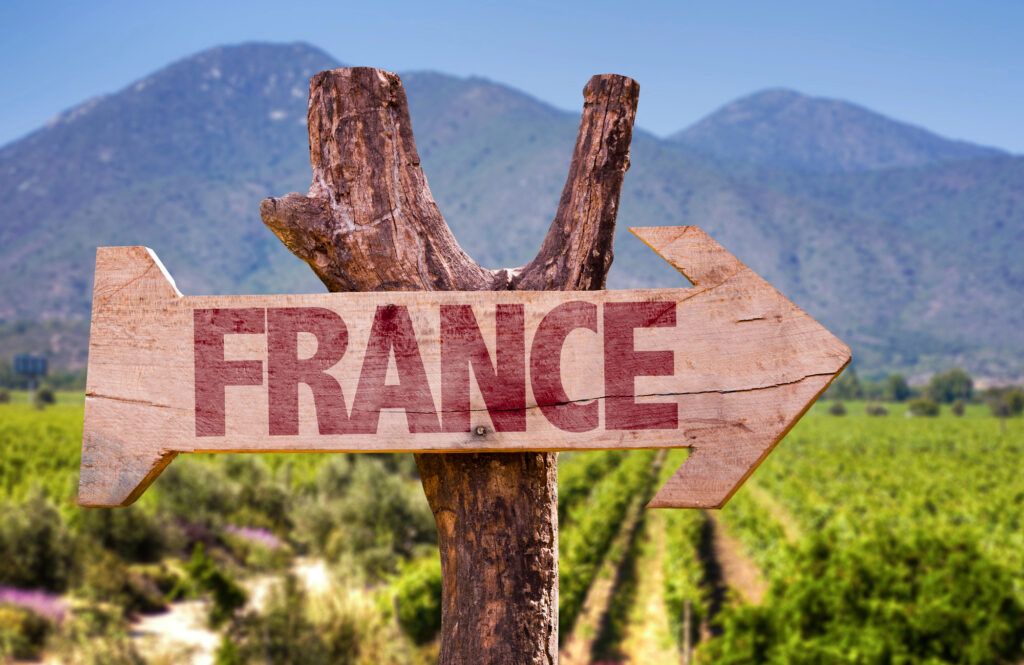Normandy’s got this rare blend of history, culture, and natural beauty—you can really feel it in just a week. From those dramatic coastal landmarks tied to World War II to towns that shaped French art and architecture, the region pulls you straight into the past but still feels very much alive. The chance to balance meaningful exploration with genuine local experiences? That’s not something every place offers.
September hits a sweet spot. The summer crowds are thinning, and daily life in Normandy just gets easier to slip into. You can wander from historic memorials to breezy coastal walks, or from medieval towns to seasonal festivals, all without the rush. This week’s highlights show off Normandy’s heritage and landscapes, while letting you stumble into traditions that are still part of the local rhythm.
1) Visit the D-Day Landing Beaches
Walk the sands where Allied troops landed on June 6, 1944. Each of the five beaches—Utah, Omaha, Gold, Juno, and Sword—carries its own weight and perspective on the day’s scale and the challenges soldiers faced.
At Omaha Beach, the steep bluffs really drive home how tough the landing must have been. The Normandy American Cemetery nearby connects you to those who fought and died here. Standing among the white crosses—well, it’s hard not to pause.
Utah Beach tells a different story. Its museum sits right on the shoreline, with exhibits that explain how U.S. forces secured this sector with fewer losses than expected. You’ll also spot preserved bunkers showing the German defensive positions.
For a broader look, the Overlord Museum near Omaha Beach displays vehicles, weapons, and personal items from both sides. The collection helps you get a sense of just how massive the invasion was, both for people and logistics.
Traveling between sites takes more time than you might think. Renting a car is usually the most practical way to see the D-Day beaches and memorials if you’re on a schedule.
2) Explore the Bayeux Tapestry Museum
The Bayeux Tapestry Museum lets you see an embroidered linen nearly 70 meters long, illustrating the events leading up to the Norman conquest of England in 1066. The display sits in dim lighting to protect the textile, so the mood feels pretty subdued.
An audio guide (available in several languages) talks you through each scene as you walk along. You don’t need to be a medieval history buff to follow along. Most people spend about an hour, but you can linger or move quickly if you want.
The museum includes exhibits on how the tapestry was made and preserved. If you’re short on time or just want the highlights, you might skip these sections.
Buy tickets on-site, or opt for a combined pass with the Museum of the Battle of Normandy nearby. For opening times and pricing, see the Bayeux Tapestry Museum information.
It’s right in the town center, so after the museum, you can wander Bayeux’s medieval streets, grab a coffee, or pop into a shop without much effort.
3) Tour Mont Saint-Michel
Getting to Mont Saint-Michel is half the fun—take a shuttle from the mainland or walk the causeway if the tides are right. Watching the island rise above the bay never gets old.
Inside, narrow streets wind past small shops and stone houses. Crowds can get thick, so early mornings or late afternoons feel a bit more relaxed.
The abbey at the top is the main draw. You can explore its cloisters, halls, and chapels, all echoing with centuries of monastic life. Entry needs a ticket, and guided tours add some good context.
Walking the ramparts gives you sweeping views of the bay. On clear days, the shifting sands and tidal flats stretch out for miles. Tides move fast here, so check schedules before wandering too close to the water.
Several museums and exhibitions dig into the site’s religious and military history. If you like structure, try one of the guided Mont Saint-Michel tours.
Food on the mount tends to be crowded and pricey. Most people end up eating in nearby villages, where things are calmer and the menus have more variety.
4) Attend a Normandy Cider Tasting
Follow the Cider Route in the Pays d’Auge—a 40-kilometer loop through villages where local producers open their doors. Family-run farms often welcome visitors, letting you see traditional presses and cellars before tasting their cider.
You’ll sample more than just cider. Pommeau (apple juice with Calvados), and Calvados brandy itself, usually make an appearance. Each drink reflects the farm’s soil, apple variety, and methods.
The vibe is informal and pretty affordable. You might find yourself standing in a barn or courtyard, glass in hand, while the maker explains their process. It’s personal, sometimes a little rough around the edges, but that’s part of the charm.
The official Normandy Cider Route lists about 20 producers. Some need advance booking, others take walk-ins—especially during harvest.
Life moves slower here. Villages are quiet, and opening hours can be unpredictable. If you’re driving, remember tastings involve alcohol—maybe limit your samples or plan for a ride.
For this week’s cider events, check guides like 10 exciting things to do in Normandy.
5) Walk the Etretat Cliffs
Marked trails snake along the famous white chalk cliffs of Étretat, one of Normandy’s most photographed spots. The paths lead you past natural arches and sea stacks carved by centuries of wind and waves.
Walk here for big views over the English Channel and the little town below. Some routes get steep, so sturdy shoes are a good idea.
Artists like Monet painted these cliffs, and honestly, it’s easy to see why. The light changes constantly—one minute it’s glowing, the next it’s moody and dramatic.
For a quick visit, stick to the Falaise d’Aval with its iconic arch and needle. If you’re up for more, head toward the Falaise d’Amont and the chapel above the bay.
Crowds show up, especially on weekends. To dodge them, start early or go later in the day. For more on the Cliffs of Étretat and nearby trails, check local guides before heading out.
6) Discover the Caen Memorial Museum
The Caen Memorial Museum sits in the city of Caen, about 20 minutes from the coast. It focuses on World War II, the D-Day landings, and the Battle of Normandy, but also stretches into the Cold War and more recent conflicts.
As you walk through, you’ll see original artifacts, photos, and film archives. The layout takes you step by step from the rise of totalitarian regimes to France’s liberation, helping you connect local stories to the bigger picture.
The museum is big, so set aside at least half a day. Some folks find the details a bit much, but taking breaks in the gardens or café helps. There are also memorial spaces for reflection.
Guided tours and D-Day beach circuits start from here, led by historians who link what you see inside to the actual battle sites. For hours and seasonal info, check the official Caen Memorial website.
7) Stroll Through Honfleur Harbor
Start your visit in Honfleur at the Vieux Bassin, the old harbor that’s shaped the town for centuries. Fishing boats and sailboats still line the water, and the narrow houses along the quay create a skyline that’s been painted countless times.
Walking the harbor doesn’t take long, but it’s worth slowing down. You’ll spot slate-covered facades, tiny art galleries, and restaurants with outdoor tables. It gets lively, especially on weekends.
Step away from the main harbor for quieter streets. Timber-framed buildings and local shops feel less polished, more lived-in. That mix of busy waterfront and peaceful side streets gives Honfleur its charm.
Boat tours leave from the harbor, showing you the Seine estuary from the water. Operators run everything from short cruises to longer upriver trips. Check schedules ahead or book at the quay.
For more tips, see this guide to things to do in Honfleur.
8) Experience Deauville’s Film Festival Events
This week, Deauville buzzes with its American Film Festival. Since 1975, the festival’s mixed Hollywood blockbusters with indie films, making it a standout in Europe. Screenings happen at venues like the Centre International de Deauville and Cinéma du Casino.
If you’re into movies, you’ll love the variety. Films run day and night, so you can fit them around other plans. You might spot a few industry folks or actors, but the vibe stays pretty relaxed.
The seafront and main venues get crowded. Grab tickets early, since popular screenings sell out. Check the official festival website for schedules.
Even if you skip the films, the town feels extra lively during the festival. Cafés and streets fill up, and the energy spills well beyond the theaters. For more on the event’s history and what to expect, check Normandy Tourism.
9) Visit the Château de Falaise
Explore the birthplace of William the Conqueror at the Château de Falaise, perched on a rocky outcrop with sweeping valley views. Its thick walls and towers show off the might of Normandy’s dukes.
Inside, digital reconstructions let you see how rooms once looked. Interactive tablets guide you through spaces that time hasn’t spared. It’s easier to picture medieval life this way—less guesswork, more immersion.
Falaise also saw heavy fighting in 1944, and walking through town after your castle visit, you’ll notice the contrast between medieval restorations and postwar buildings.
The castle involves some uneven ground, so wear good shoes. Entry fees and hours change by season, so check the Château Guillaume-le-Conquérant page before you go.
10) Explore the medieval town of Rouen
Wander Rouen’s cobblestoned streets and admire rows of half-timbered houses that have seen centuries come and go. The city grew as a major port on the Seine, and you can still feel its medieval importance. Everything’s pretty walkable.
Rouen Cathedral steals the show—a towering Gothic masterpiece that inspired Monet more than once. Don’t miss the Gros-Horloge, a Renaissance clock arching over the old town. Both are still at the heart of city life.
Rouen’s history runs deep. Joan of Arc was tried and executed here in 1431, and a modern church now marks the spot. Museums like the Musée des Beaux-Arts cover everything from medieval to Impressionist art.
There’s no shortage of good food. Cafés and restaurants serve Normandy specialties, and market stalls offer local cheese, cider, and apples—definitely worth a taste.
The city can get crowded, especially near the cathedral. For a quieter vibe, stroll along the Seine or duck into less touristy streets. Rouen balances history, culture, and daily life in its own way.
For more on what to see, check this guide to the best things to do in Rouen.
Essential Travel Tips for Visiting Normandy in September
Mild weather, easy public transport, and a bit of attention to local customs will shape your trip. You’ll find open attractions and fewer crowds if you pack right, know your way around, and have some sense of what’s expected.
Weather and What to Pack
September in Normandy usually means mild days—think 15–20°C (59–68°F)—but rain showers pop up often, and skies can flip from sunny to gray without much warning. Once the sun goes down, especially near the coast, it cools off fast.
Layers are your friend: toss in a light sweater, a waterproof jacket, and shoes you can walk in all day. A small umbrella might help, though most locals just stick to raincoats. If you’re heading for the cliffs or beaches, a windbreaker is a good call—the breeze can catch you off guard.
Swimming? The sea temperature averages 17–18°C. If you’re brave, go for it, but a wetsuit makes it much more pleasant. Outdoor dining is still popular, but you’ll want a scarf or jacket after dark.
For rural day trips or old sites, sturdy shoes are a must. Trails by the D-Day beaches or in medieval villages can be rough or slippery from wet grass.
Local Transportation Options
Normandy’s spread out, so getting around depends on your plans. Trains link up bigger towns like Caen, Rouen, and Bayeux with Paris, and for city-to-city hops, rail is usually the easiest. Regional buses help fill in, but they don’t run as often on weekends.
If you rent a car, you’ll have the most freedom. Many D-Day memorials and country villages sit far from train lines. Roads are in good shape, but out in the country, lanes can get tight. In bigger towns, parking sometimes costs or has time limits.
Cycling’s a thing here, especially along the coast and the Seine. Bike paths are growing, but you’ve got to stay alert on roads shared with cars. Taxis and rideshares show up in larger towns, but out in the sticks, they’re hit or miss—better to plan ahead.
If you’re staying put in one town, just walk. Places like Bayeux and Honfleur have centers you can cross on foot in no time.
Cultural Etiquette and Customs
People in Normandy value politeness and straight talk. Always start with a “Bonjour, Madame/Monsieur” before asking anything. Skip the greeting and you might get a chilly response.
Restaurant service moves at a slower pace than in North America. You’ll need to ask for the bill—it won’t just appear. Tipping isn’t required since it’s already included, but a bit of loose change for good service never hurts.
At war memorials or cemeteries, keep things respectful. The memory of World War II runs deep here. Locals expect quiet voices and modest dress at these sites.
Shops often close for lunch, usually from 12:30 to 2:00 pm, especially in smaller places. Sundays are quiet too—most stores close, though you might find a big supermarket open in the morning.
Markets are everywhere, and vendors don’t love it when people grab at produce. Ask first, and bring cash—lots of stalls don’t take cards.
Making the Most of Your Normandy Experience
Normandy really pays off when you plan ahead. The region’s food traditions and festival calendar shape how you’ll spend your days, whether you’re chasing local events or just want to eat well.
Seasonal Events and Festivals
September is for village fairs and harvest parties, not big summer crowds. Apple festivals pop up, celebrating cider season—local producers open their doors for tastings and a look behind the scenes. It’s a chance to see rural life without elbowing through tourists.
Some towns put on historical reenactments tied to medieval roots. Bayeux, for instance, sometimes throws events around its famous tapestry. The schedule changes year to year, but you’ll usually find weekend markets or craft fairs showing off old traditions.
Local tourism boards and city websites have the details. Most events are free or cheap, but some charge a small entry fee. Schedules shift, so double-check before you trek out to a tiny village.
Tip: Bring cash for food and crafts—rural vendors often don’t take cards.
Dining and Culinary Highlights
Normandy’s food scene? It’s all about what’s nearby—think fresh seafood in the coastal towns (oysters and mussels are everywhere), and creamy cheeses like Camembert and Pont-l’Évêque in the countryside markets. Most restaurants keep it straightforward, letting local ingredients do the talking.
Cider and Calvados (that’s apple brandy, if you haven’t tried it) show up on just about every menu, and honestly, they’re perfect with the food here. Plenty of cider farms open their doors for tastings, and a few even offer tours through their orchards and cellars. Tasting right at the source? That’s when you really notice the differences between dry, sweet, and sparkling styles.
Dining out, you’ll usually get hearty, traditional fare. Vegetarian choices can be limited, so if you’re particular about your diet, it’s smart to check menus online or give the place a call first.
Quick reference table:
| Specialty | Where to Try | Notes |
|---|---|---|
| Oysters | Coastal towns like Cancale and Barfleur | Best during autumn months |
| Camembert | Markets in Vimoutiers and Camembert village | Often sold unpasteurized |
| Cider | Pays d’Auge farms | Wide range of styles |
| Calvados | Distilleries near Lisieux | Strong, aged spirit |

